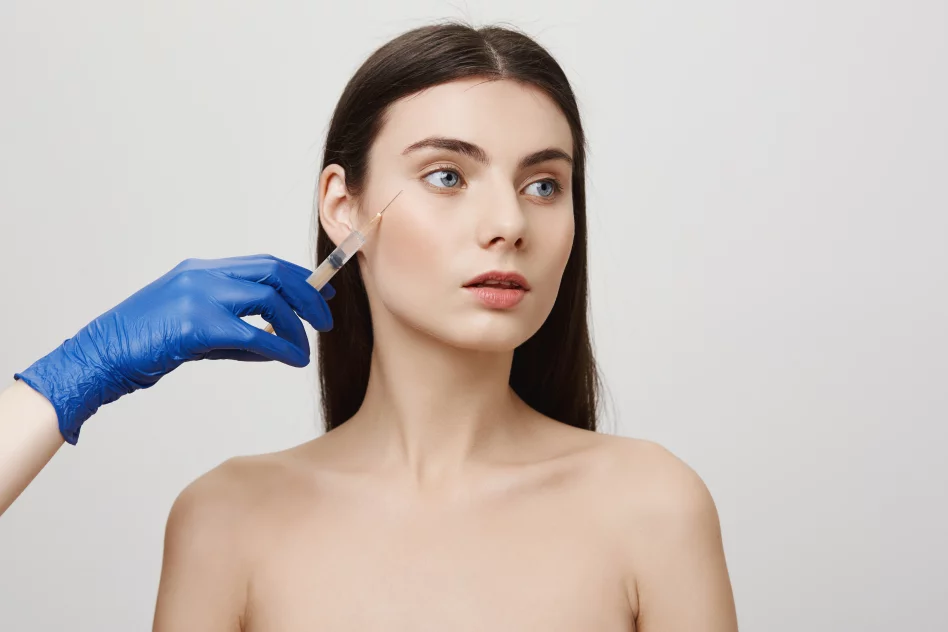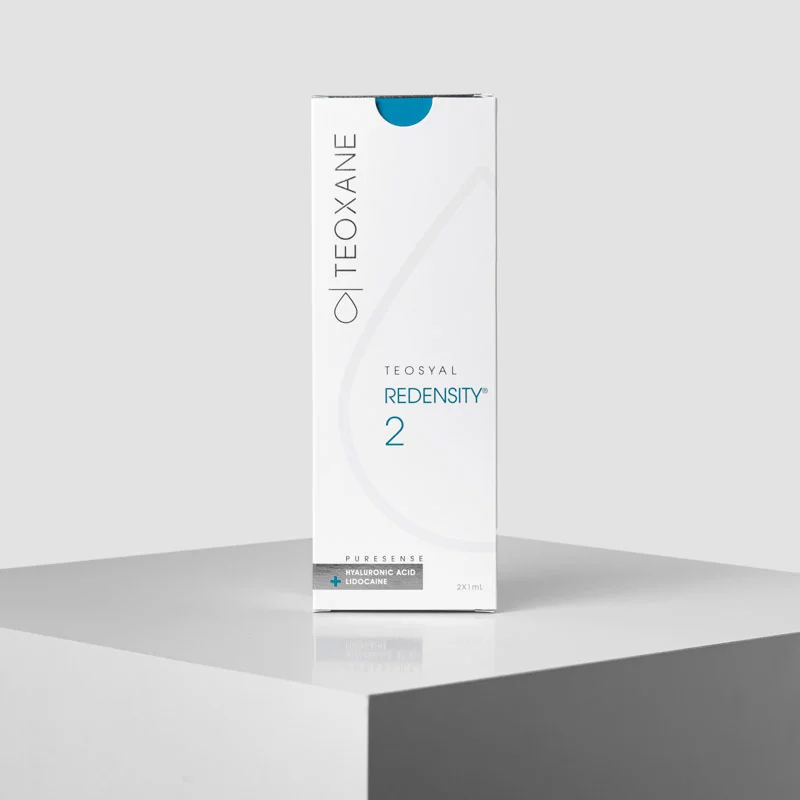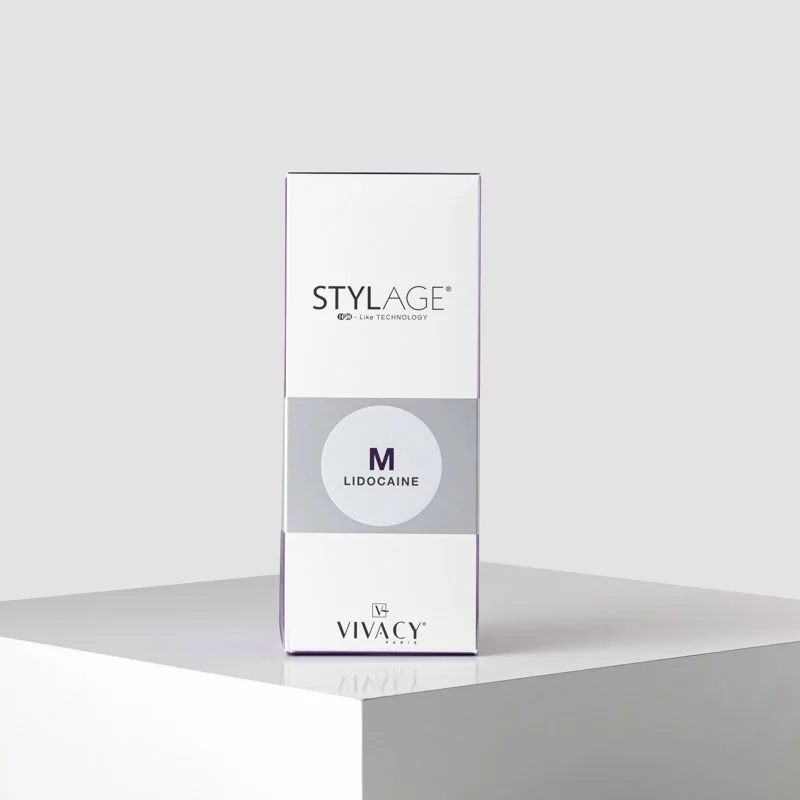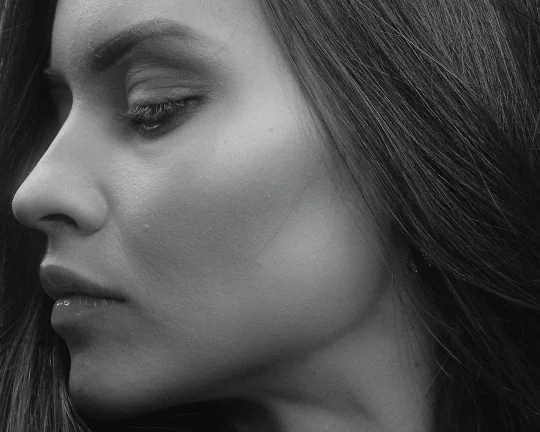-

- Author e-FILLERS Team
- May 30th, 2025
What Makes a Filler ‘Safe’ for Sensitive Areas Like the Under-Eyes?

The under-eye region is one of the most delicate and complex areas of the face to treat with dermal fillers. Characterized by thin skin, minimal subcutaneous fat, and constant movement, it presents unique challenges for aesthetic practitioners. Issues like puffiness, shadowing, and tear trough hollows are common concerns—yet improper product selection can lead to complications such as lumps, discoloration, or swelling.
So, what exactly makes a dermal filler “safe” for the under-eye area? The answer lies in a combination of formulation, consistency, integration capacity, and clinical backing.
Low Viscosity and Soft Texture
For under-eye treatments, fillers must be soft and malleable to ensure natural blending with the delicate surrounding tissues. High-viscosity or overly dense fillers tend to remain superficial, making them prone to causing irregularities or the well-known Tyndall effect—a bluish tint visible under the skin when a filler is placed too close to the surface.
Formulas like TEOSYAL PURESENSE REDENSITY® 2 - 2x1ml are specifically engineered for tear trough correction. This product combines a lightweight hyaluronic acid gel with a cocktail of amino acids, antioxidants, and vitamins to hydrate and revitalize the area while offering smooth integration and minimal risk of swelling.
Low Hydrophilic Profile
A safe under-eye filler should not attract excessive water post-injection. Highly hydrophilic fillers can cause delayed swelling or puffiness in this area, especially in patients prone to fluid retention.
Fillers like STYLAGE® Bi-SOFT® M LIDOCAINE - 2x1ml , which contain mannitol (an antioxidant that helps reduce post-injection inflammation and swelling), are ideal for tear trough treatments due to their balanced water affinity and smooth spreadability.
High Purity and Crosslinking Balance
Safety also comes down to the manufacturing quality and crosslinking technology used. Fillers for sensitive areas should have minimal endotoxins and BDDE (butanediol diglycidyl ether)—a crosslinking agent. Products that undergo high-purity production processes reduce the risk of inflammatory reactions or long-term side effects.
Both TEOSYAL PURESENSE REDENSITY® 2 - 2x1ml and STYLAGE® Bi-SOFT® M LIDOCAINE - 2x1ml are known for their advanced purification and crosslinking processes that preserve safety without compromising longevity or effectiveness.
Clinical Data and Specialty Indications
Perhaps one of the most important factors is whether the filler is designed or indicated for use in the under-eye region. Off-label use of denser fillers may yield inconsistent results and carry higher risk. Products like TEOSYAL PURESENSE REDENSITY® 2 - 2x1ml have undergone extensive clinical studies and are approved in many regions specifically for the treatment of tear trough deformities.
This evidence-based support gives practitioners confidence not only in the product’s performance but also in its predictable safety profile.
Practitioner Skill Matters Too
Even the safest filler can lead to complications if not placed correctly. The under-eye area requires advanced anatomical knowledge and an experienced hand. Cannula technique is often preferred over needles in this zone to reduce the risk of bruising, vascular compromise, and uneven distribution.
Choosing the right filler is only half the equation—proper technique, patient selection, and aftercare play equally critical roles in ensuring optimal results and minimizing risks.
In summary, a dermal filler is considered “safe” for the under-eye region when it is soft, non-hydrophilic, well-integrated, backed by clinical studies, and manufactured with high purity standards. Products like TEOSYAL PURESENSE REDENSITY® 2 - 2x1ml and STYLAGE® Bi-SOFT® M LIDOCAINE are trusted by practitioners worldwide for their proven performance in this sensitive area. When combined with proper technique and patient care, these fillers offer a powerful solution for one of the face’s most delicate aesthetic challenges.

.webp)
 (1).webp)
.webp)




